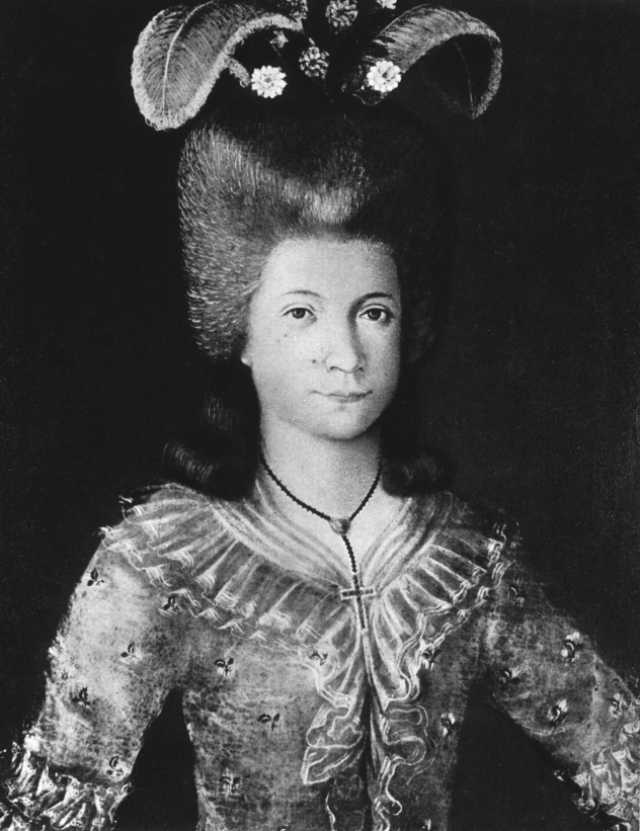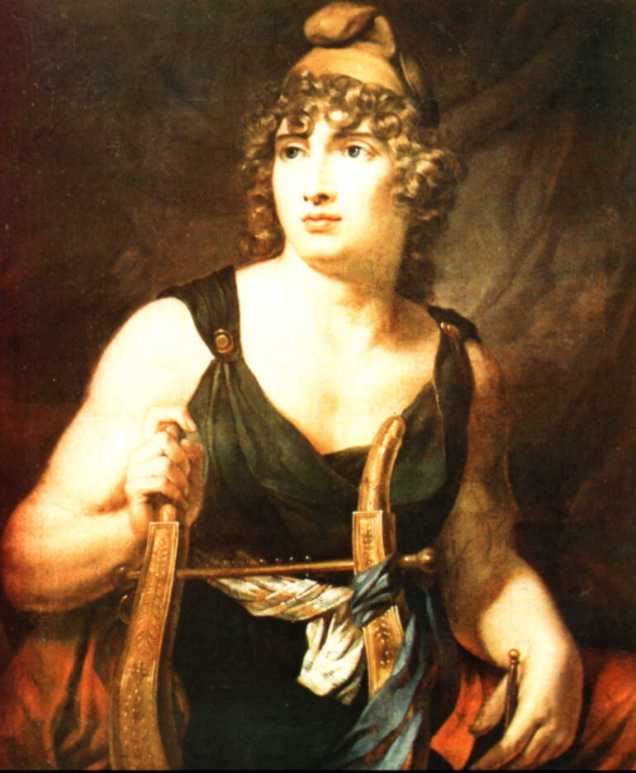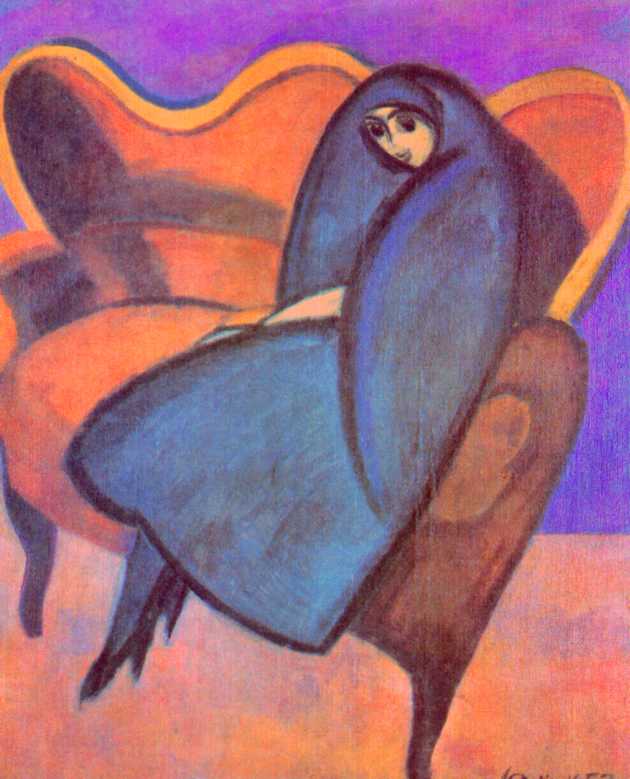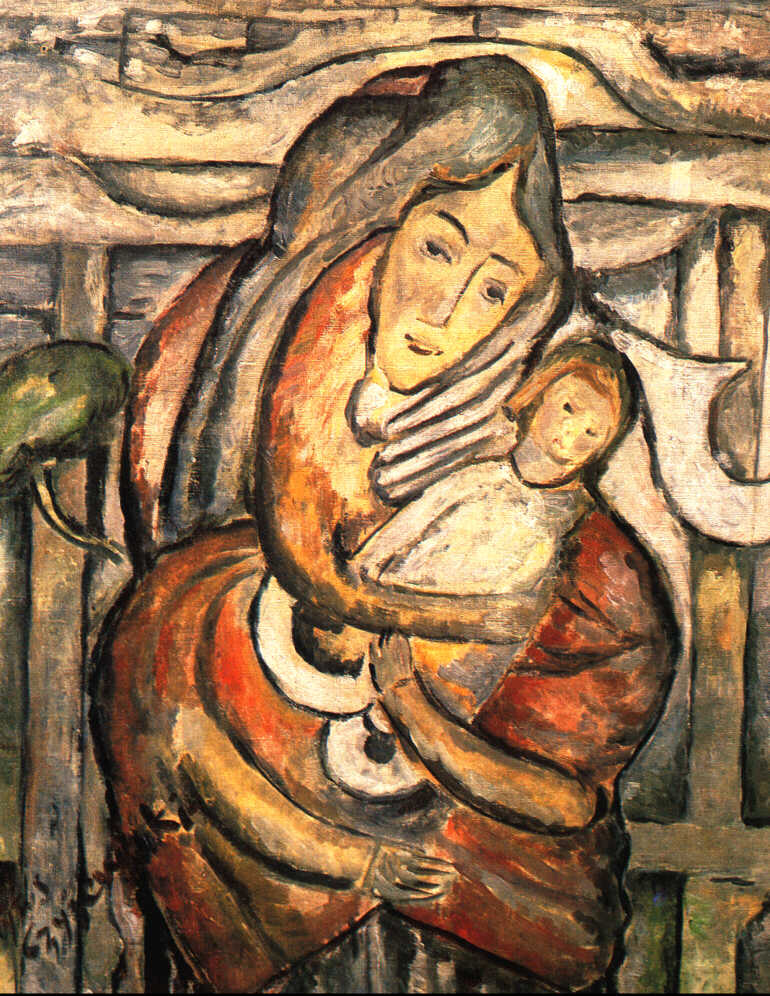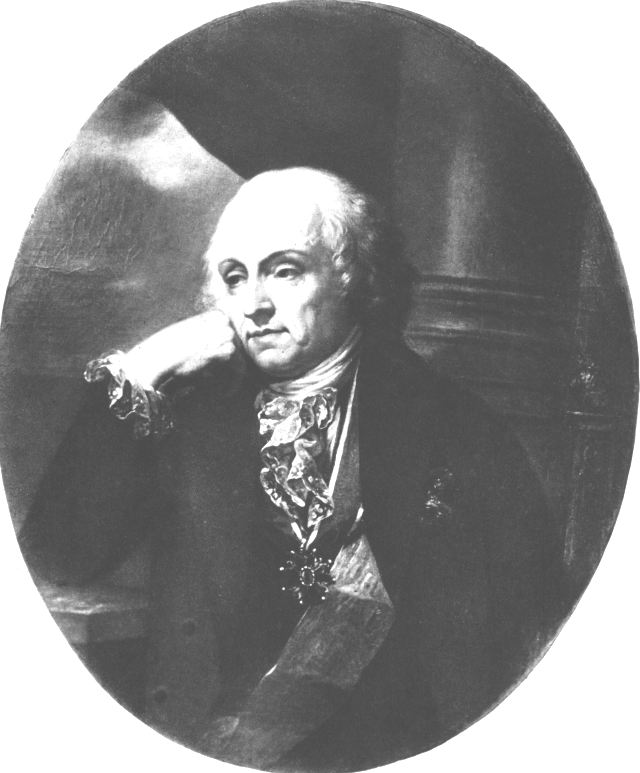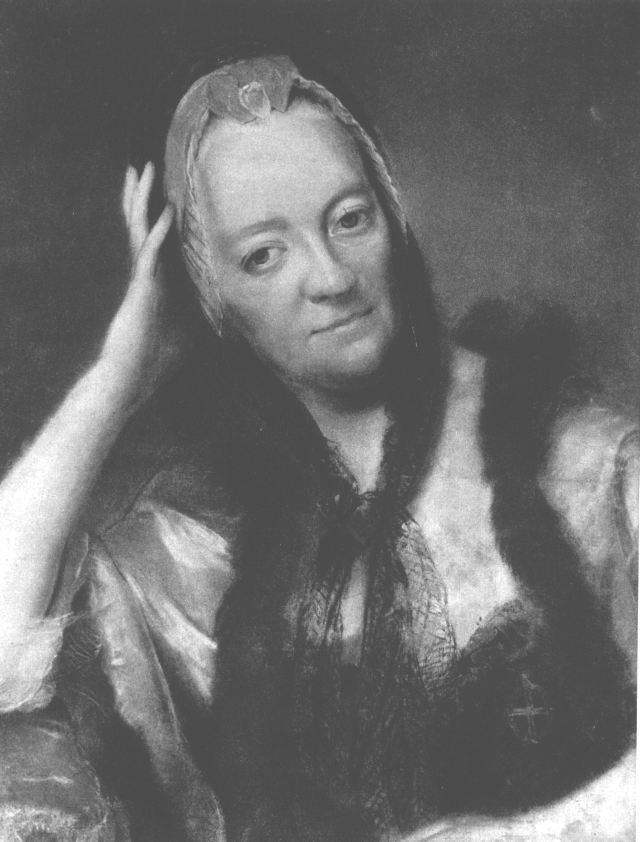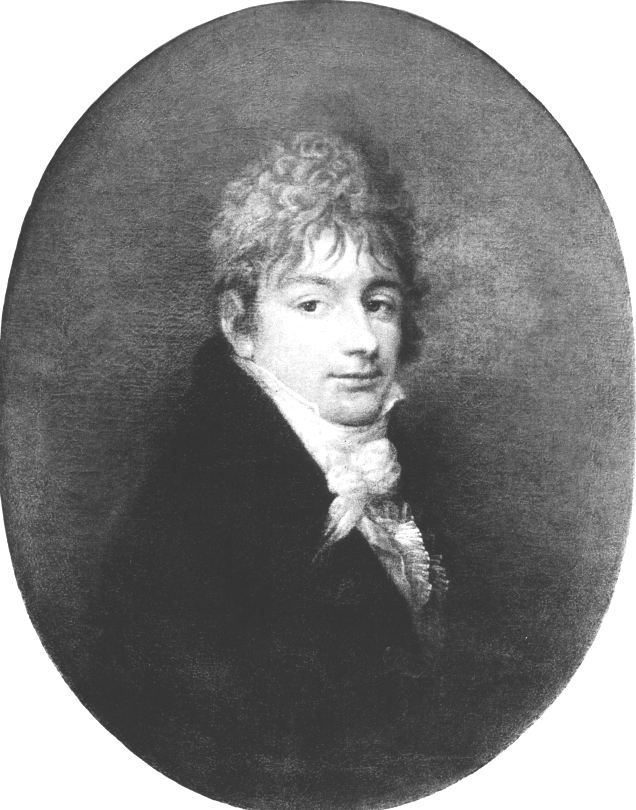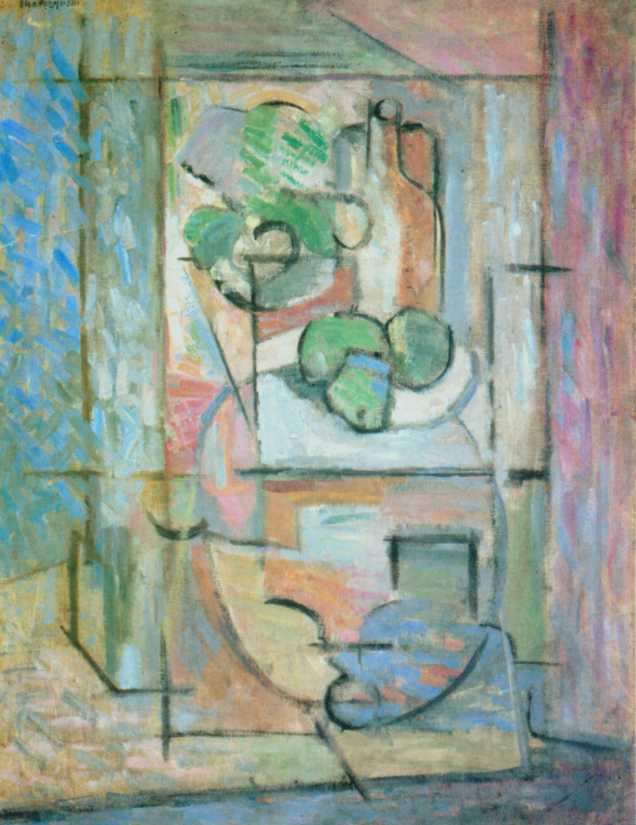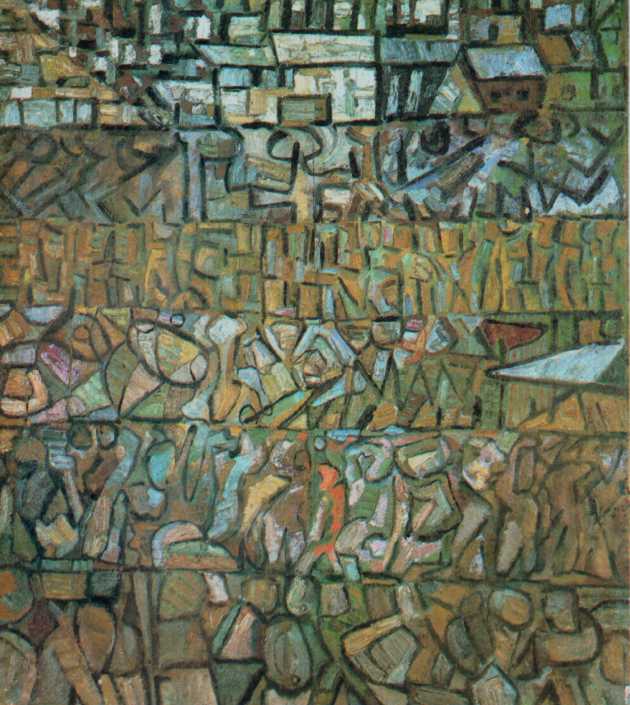Faworski Józef
Józef Faworski active in the 1790-1805 he came from Warsaw and during the reign of Stanisław August he painted portraits with pastels. Faworski is said to be a Kalisz resident, and he stayed in Krakow for a long time. In view of the source information, the places of his subsequent stays have been established in the new literature on the basis of the origin of the people he portrays. Presumably, therefore, Faworski operated successively in Łęczyckie, in Mazovia, in Sieradz, in Greater Poland and possibly in Berlin.
The following portraits of his brush are known: Portrait of Jan Pędzicki burgrave of the town of Łęczyca (1790, National Museum in Poznań), Portrait of Weronika née Szczawińska Pędzicka with her son Alojzy, (1790, National Museum in Poznań), Portrait of Wiktoria née Skotnicka Madalińska (1792, National Museum in Warsaw), Portrait of Kazimierz Piędzicki (1793, National Museum in Poznań), Portrait of Józef Zaborowski (1794), Portrait of Tadeusz Kościuszko (1795).
Faworski's works, related to the last phase of the development of Sarmatian painting, characterized by the originality of artistic vision. His portraits are painted quite flat, about simplified , and often even geometric forms and carefully elaborated decorative details, They are distinguished by the right characteristics of the model and a subtly arranged range of colors. Works representing the trend of official court painting come from a later period in Faworski's work, which have lost their charm and distinctiveness typical of early works.
The following portraits of his brush are known: Portrait of Jan Pędzicki burgrave of the town of Łęczyca (1790, National Museum in Poznań), Portrait of Weronika née Szczawińska Pędzicka with her son Alojzy, (1790, National Museum in Poznań), Portrait of Wiktoria née Skotnicka Madalińska (1792, National Museum in Warsaw), Portrait of Kazimierz Piędzicki (1793, National Museum in Poznań), Portrait of Józef Zaborowski (1794), Portrait of Tadeusz Kościuszko (1795).
Faworski's works, related to the last phase of the development of Sarmatian painting, characterized by the originality of artistic vision. His portraits are painted quite flat, about simplified , and often even geometric forms and carefully elaborated decorative details, They are distinguished by the right characteristics of the model and a subtly arranged range of colors. Works representing the trend of official court painting come from a later period in Faworski's work, which have lost their charm and distinctiveness typical of early works.
Portrait of Wiktoria Madalińska, 1792
oil, canvas, 74 x 59 cm;
National Museum in Warsaw;
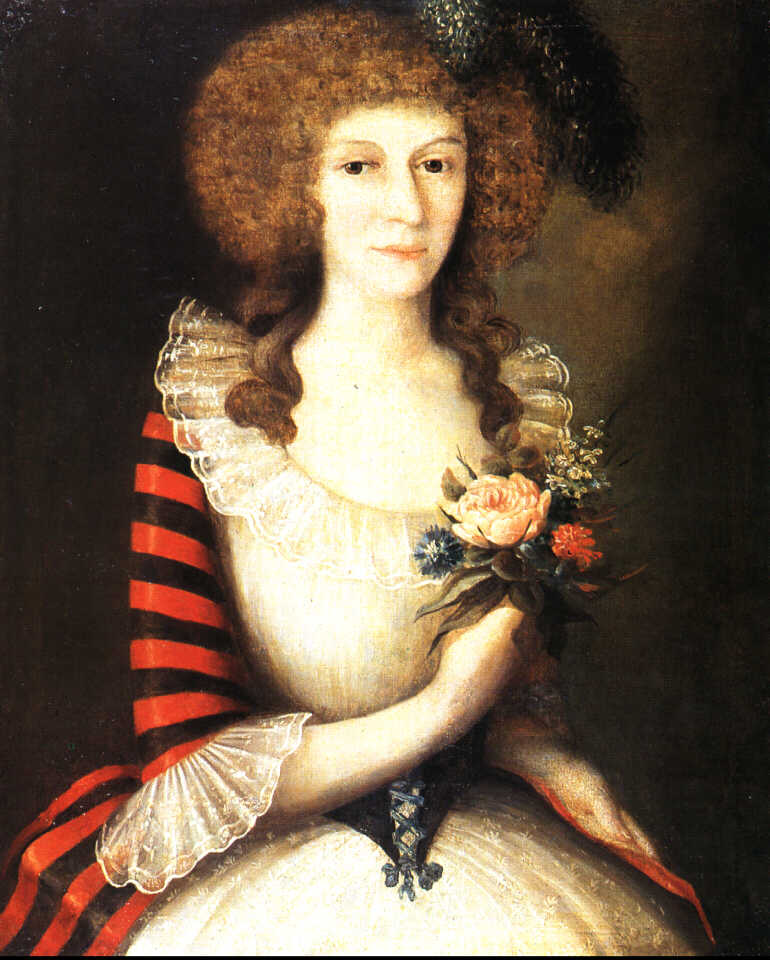
oil, canvas, 74 x 59 cm;
National Museum in Warsaw;

Portrait of a young lady, ok. 1790
oil, canvas, 65,8 x 51,8 cm;
Museum of Art in Łódź;
oil, canvas, 65,8 x 51,8 cm;
Museum of Art in Łódź;
